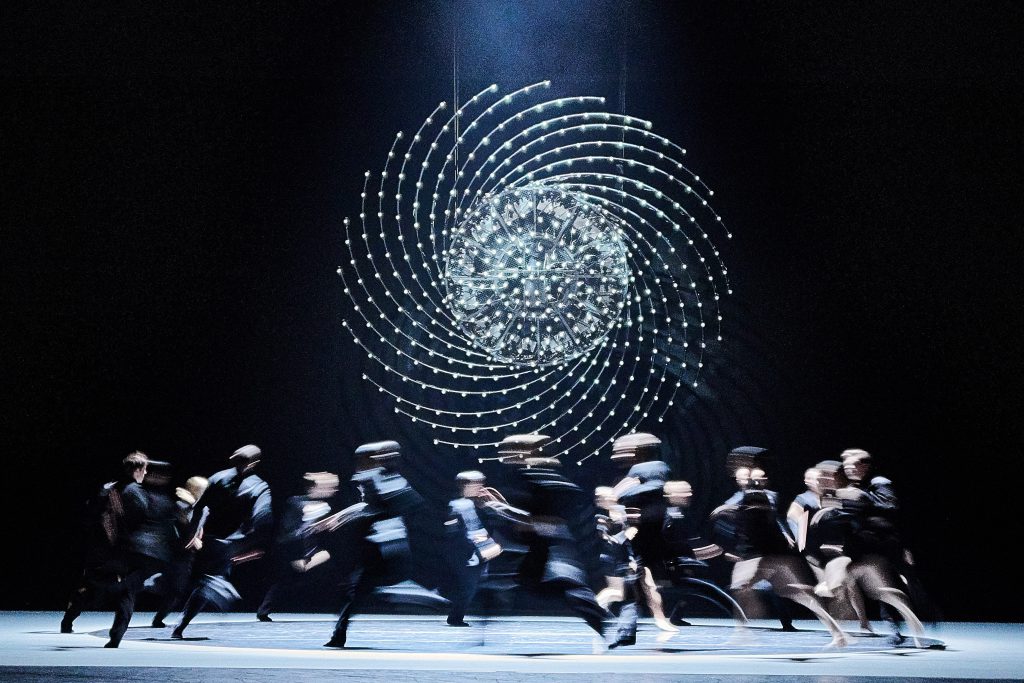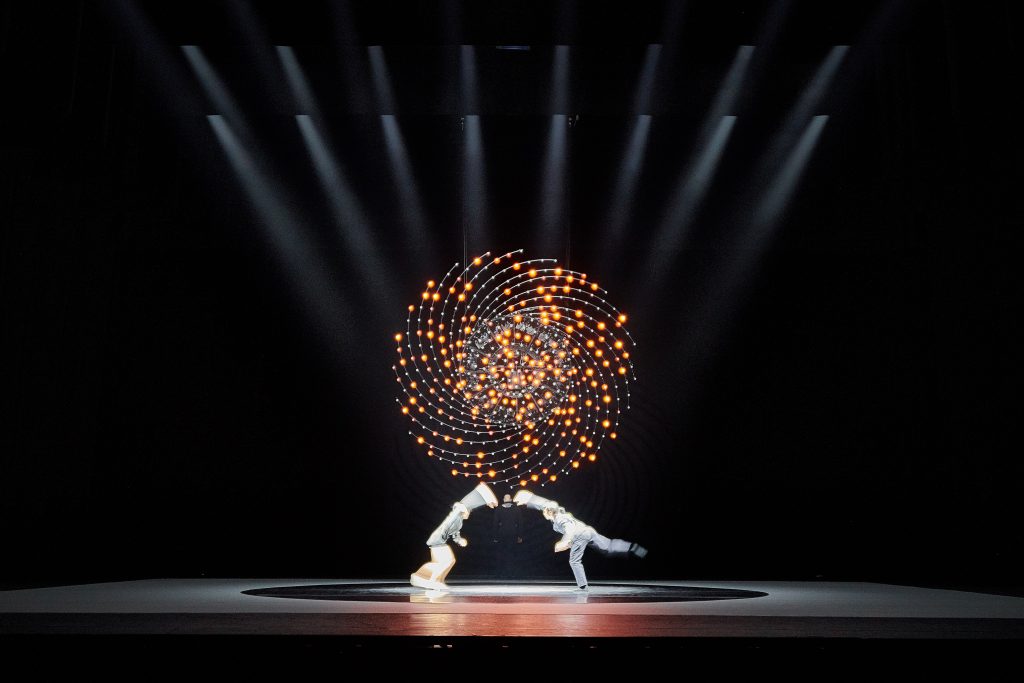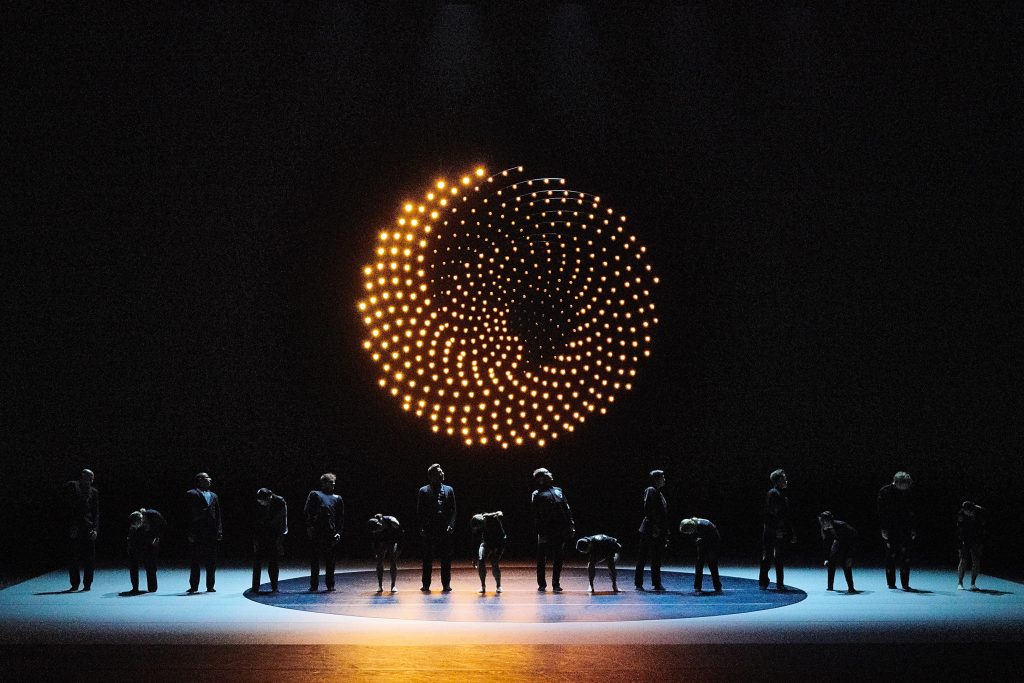Interview / TOTALITY IN PARTS. New Peter Biľak’s stage design.
Peter Biľak is mentioned primarily in connection with graphic design, editing or making successful typeface families. Less is said about his work as a stage designer. With this face of his he partook in the just premiered dance performance of the Swedish royal ballet Totality in Parts in the Stockholm’s Kungliga Opera. Apart from him (and many others), one of the cooperating dancers and choreographers was also Lukáš Timulák. Having worked together on more expressive performances, Lukáš’s and Peter’s collaboration has taken new trajectories.

Photo: Peter Biľak
So the new dance performance Totality in Parts, this time in Sweden, has just had a premiere. How would you present the concept of your new stage design?
It’s always a problem to bring and use physical sets on stage in live performances, as they can’t be simply taken away. That’s why I designed an element to be used in multiple ways; it’s fully integrated in the performance (Lukáš Timulák came up with choreography only after I’d made the design of the light object) and it develops with dancing. It’s through light that we can surprise people with an ever-changing object.
The boldest part of the minimalist scene is a light spiral. The light design was made by Tom Visser. Was it your first cooperation with him? What technologies did you (both) use?
The object is a true team work. I made a rough model and then the technicians and constructors had to figure out how it would work mechanically. The thing is that the object is six metres in diameter when it’s closed and it mechanically opens to the diameter of up to eight metres. So there are a lot of construction details we had to think of. And then there are 512 halogen bulbs, each of them controlled separately. We used more than six kilometres of cables to handle it via a single DMX protocol used by Tom Visser, our light designer. Tom had created visualisations in a 3D application (Grand MA) beforehand, that is before the object existed in reality, and then we were trying out what works best on the go.
Naturally, all your performances are collective works. Your stable and long-term co-worker is Lukáš Timulák. What would be the best description of your cooperation in your opinion? And where did it move on?
It’s a complete mutual trust that helps us try new things out. And also that each project is built from scratch, full of discussions what can be done, what can’t be done elsewhere and some other time. Each theatre or environment enable different things.
We have recently set up our foundation http://make-move-think.org where we work on things going beyond the definition of modern dance. For example, this summer we were working on the opening installation of the Venice Biennale of Architecture.
http://make-move-think.org/projects/cosmogonia-mundi
http://make-move-think.org/projects/totality-in-parts
You are originally and mainly a graphic designer and a typographer. If you had to compare yourself as a set designer and a graphic designer, what would you say?
My professional spectrum is quite broad, media and topics change, but it’s always about making something relevant and valuable for the public I work with.

Photo: Peter Biľak

Photo: Peter Biľak
Totality in Parts, Kungliga Operan
Premiere: 2nd November 2018
Choreography: Lukas Timulak
Set design: Peter Bilak
Music: Hauschka
Light design: Tom Visser
Costume design: Annemarije van Harten
Assistant choreographers: Hlin Diego Hjalmarsdottir & Fabien Voranger
Dancers: Royal Swedish Ballet under the lead of Nicolas Le Riche